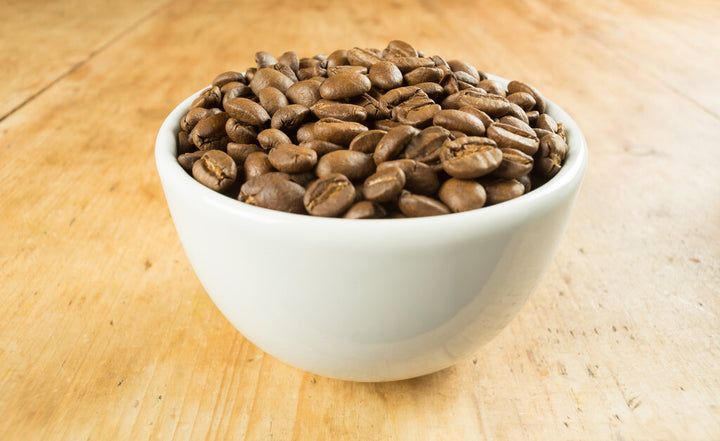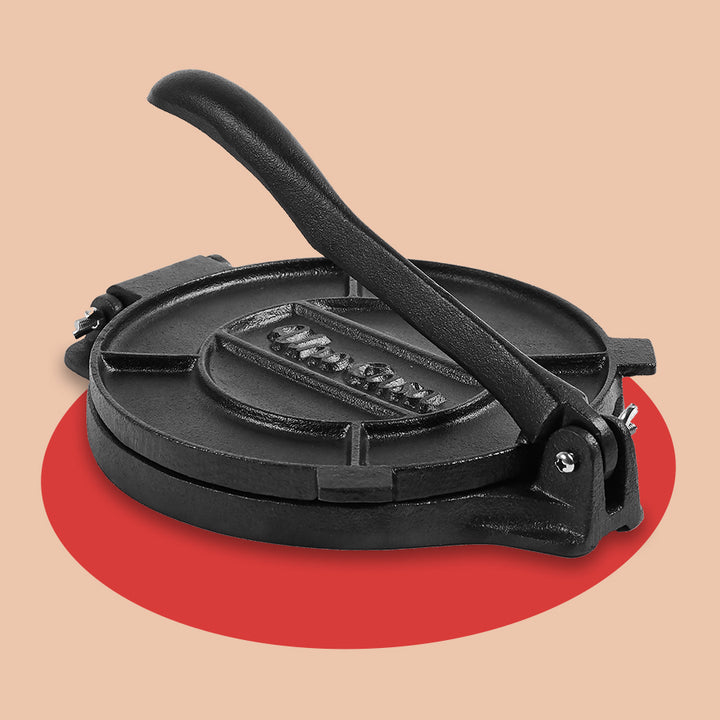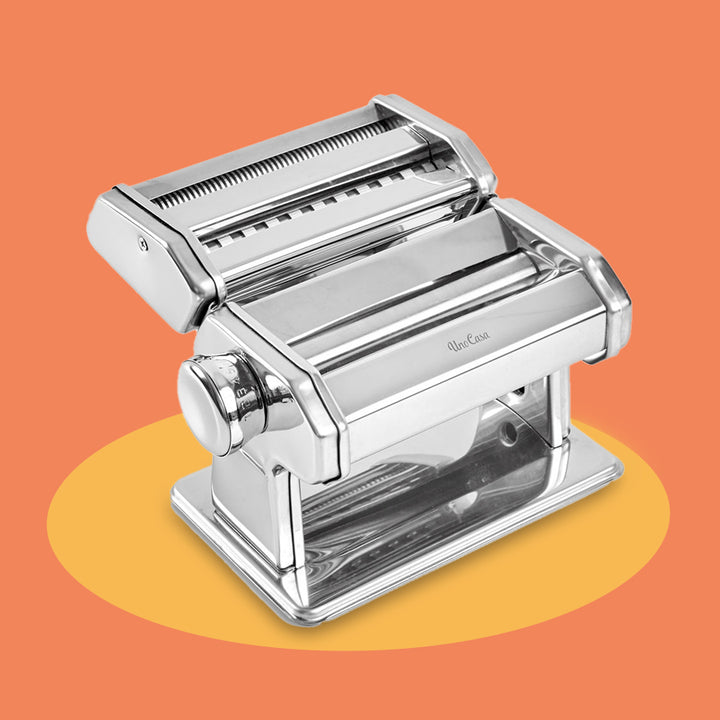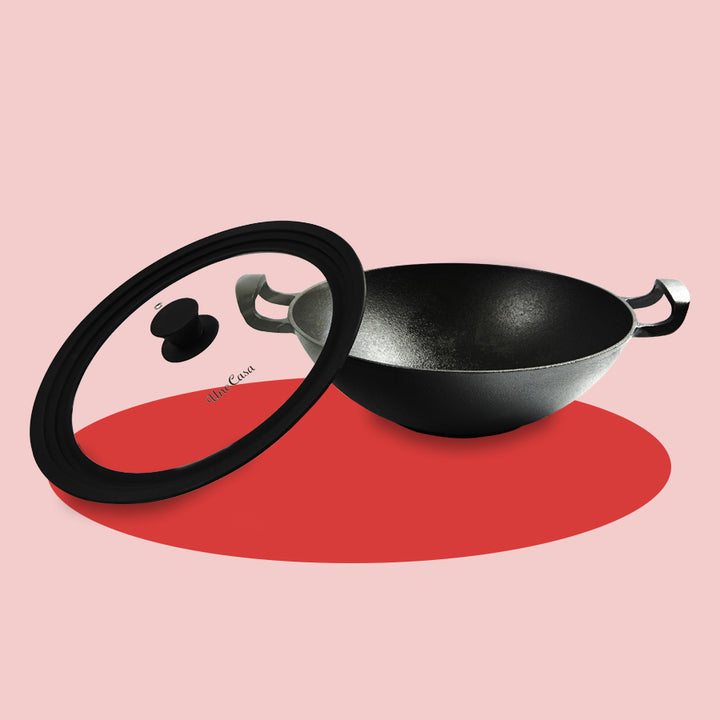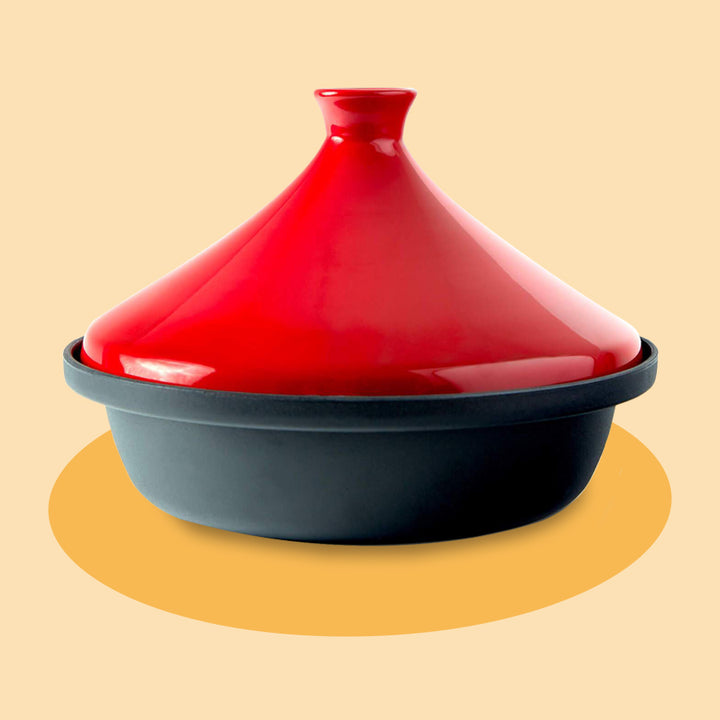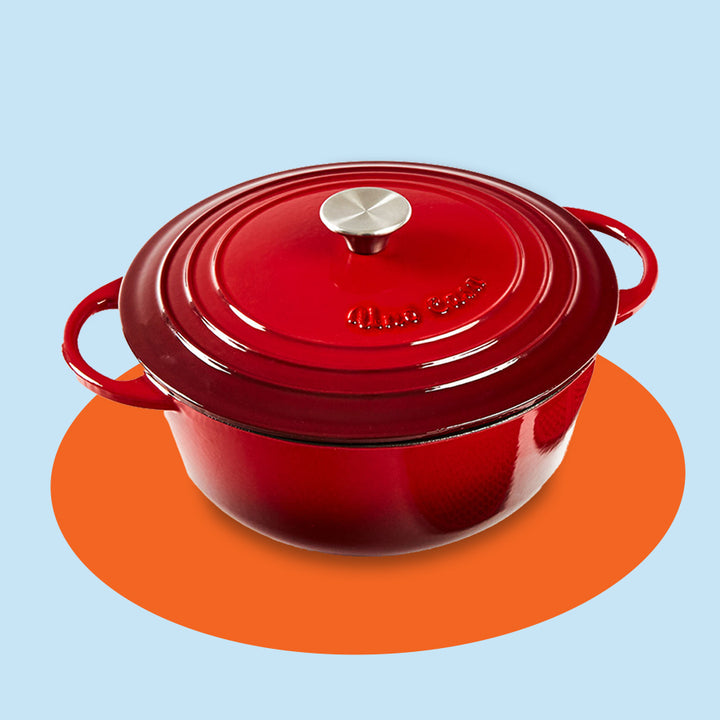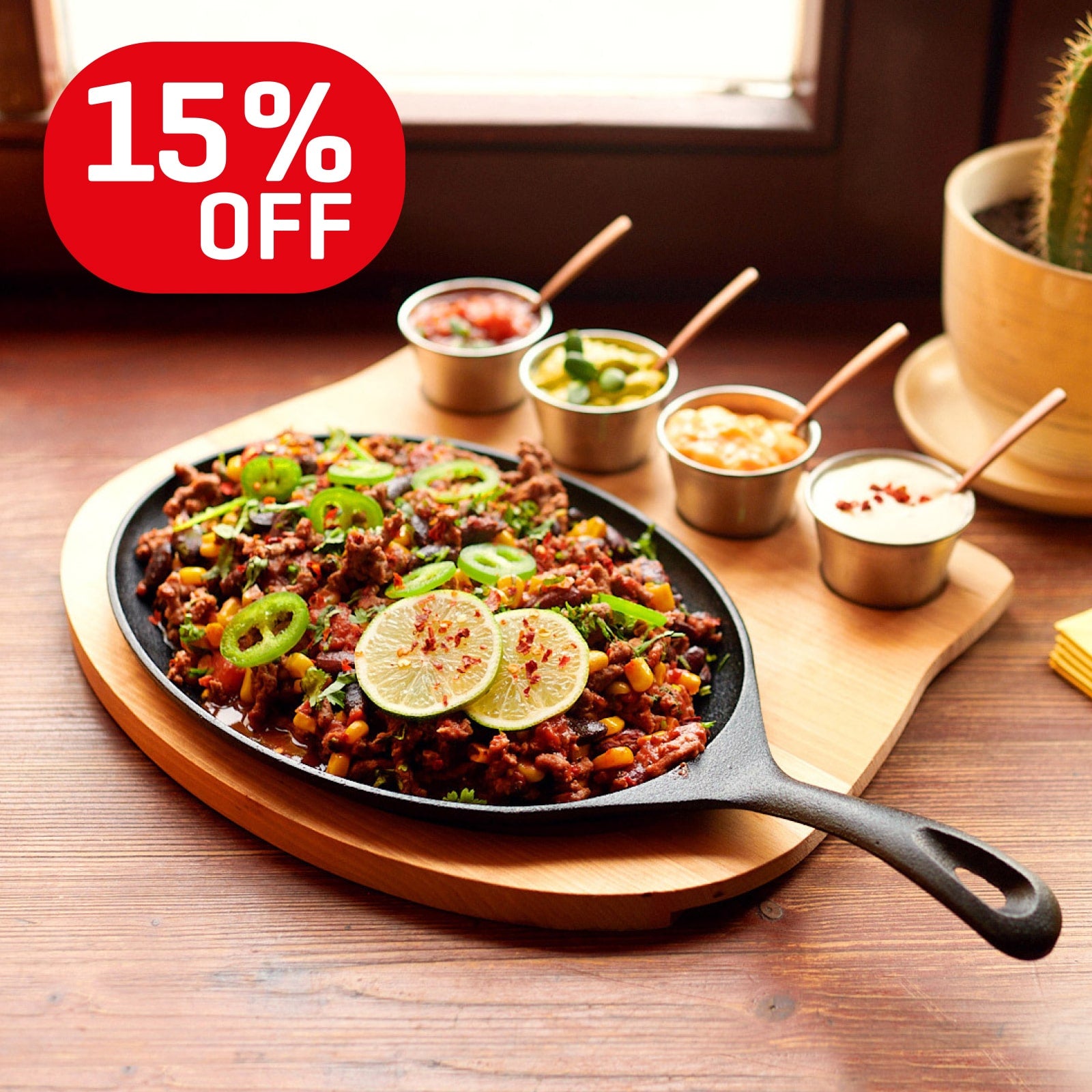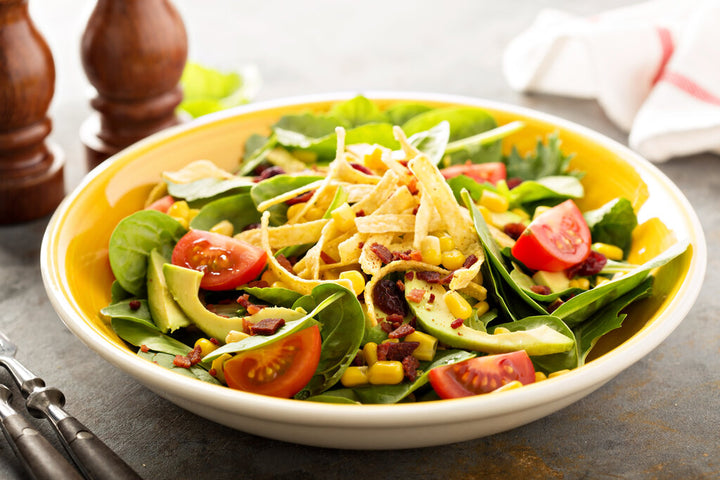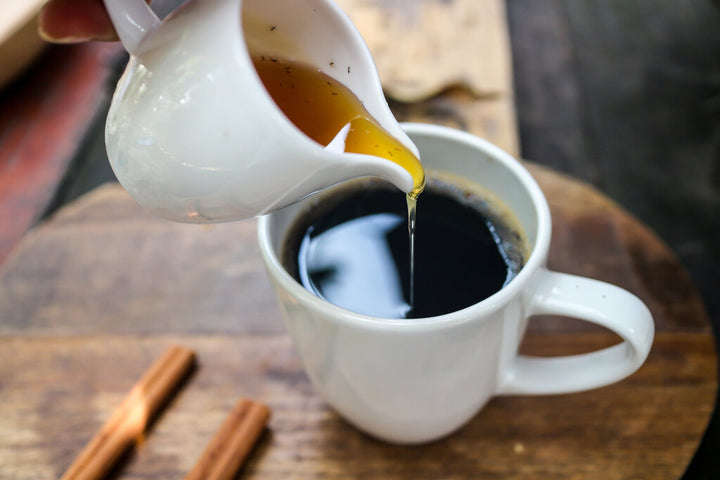Are Tacos Healthy: Shell, Protein, and Taco Fixings
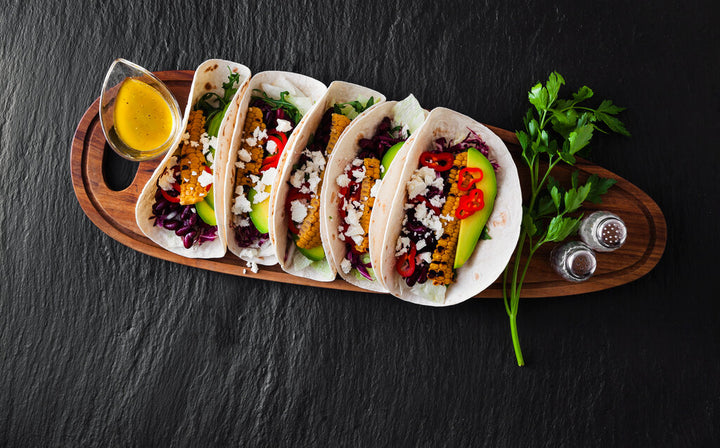
No doubt we all love tacos, but do tacos love us back? Follow our simple process to break down each component of these wraps and learn more about making healthy tacos that still taste delicious.
The ingredients we toss into tacos vary greatly - and along with them, taco nutrition can vary greatly. Some low-fat tacos are healthy Mexican food, while others are piled high with deep-fried fish and three avocados worth of guac.
If you’re trying to maintain a healthier diet, don’t get rid of your taco holder just yet - you don’t need to give up tacos altogether!
From what historians know, tacos have relatively humble beginnings, with corn tortillas becoming a staple back in ancient Aztec times and Mexican silver miners bringing wrapped tortillas, the taco itself into the mainstream Mexican culture. Initially, a taco contained plenty of healthy, whole-food ingredients, and they still can if you make your tacos with health in mind.
Take a look at our taco guide below to find the best alternatives to the worst ingredients to lower your taco calories without compromising the delicious flavors.
#1: The outer shell
The delicious doughy or crunchy base of the taco is our favorite place to start. There is nothing like a freshly cooked corn tortilla, but you’ll also find wheat tortillas, crunchy taco shells, and all sorts of alternative flour options.
If you can’t eat gluten, you’ll want to avoid wheat-based varieties, but corn or gluten-free flour tortillas are everywhere and easily made at home.
Flour tortillas are often full of refined carbohydrates. Whole-wheat or corn options are higher in dietary fiber, which helps to keep your blood sugar levels from spiking.
While these healthy soft taco shells won’t increase your taco fat, they’re not great for low-carb diets. If you’re eating Keto or low-carb, buy a low-carb tortilla or make your own using almond or coconut flour. Better yet, make a carb-free shell out of baked cheese - it’s seriously delicious and diet-friendly!
One of the biggest culprits that can instantly turn a healthy taco into a fat bomb is the preparation method. Restaurants and traditionalists often fry those delicious soft shells in lard or a load of fat for a delightful but calorie-dense meal.
You can make crisp tortillas at home by grilling them in a cast-iron skillet on the stovetop for a few minutes with a slight drizzle of oil instead.
Instead of deep-fried hard shells, try corn tortillas baked in the oven with a bit of oil until they get that signature crispy crunch.
#2: The protein
The best part about eating tacos is they never get old. There are virtually endless combinations of proteins and toppings to try, from carnitas and barbacoa to carne asada, chorizo, pescada, and vegetarian.
Taquerias serve meats marinated and cooked with care, following Mexican preparation traditions. If you’re concerned about high fat content in the protein you choose, skip the chorizo, carnitas, and deep-fried fish, which all contain more saturated fats than other proteins.
Instead, stick with lean proteins in your tacos, like extra-lean ground beef, ground chicken, ground turkey, pulled chicken, lean steak cuts, and grilled shrimp or fish. These taco proteins tend to be lower in saturated fat while maintaining high protein levels and plenty of other vital nutrients.
The ultimate winner when it comes to lean and nutritious taco proteins? Plant-based protein!
If you’re not dead set on including meat or fish in your taco, consider a vegetarian or vegan alternative instead. You can make a taco with a bean, mushroom, egg, or tofu that still delivers big on flavor and fiber, so you’re just as full and satisfied as with animal-based options.
Cooking taco meat at home is easy with those tiny seasoning packets, but make your own spice blend for a healthier option that contains no MSG, preservatives, or too much sodium.
#3: The fixins’
Most taco toppings are super simple, fresh ingredients. Still, they manage to add a lot of texture and flavor complexity to the taco - even shredded lettuce adds some much-needed crunch and freshness to a barbacoa taco.
The best toppings to use are homemade, as mass brands tend to use cheaper, low-quality ingredients.
Make your own red salsa on the stovetop, or try a fresh-made version that can be ready in minutes, like pico de gallo. Be mindful of the spice you add to your salsa - though a burning-hot salsa won’t add extra calories, it can cause stomach irritation, leading to indigestion.
While guacamole is very calorie- and fat-dense, the fats are heart-healthy. It also contains a load of fiber, folate, and vitamin K and C. Beware of restaurant guac, which often includes sour cream for texture. Add a proper serving of guacamole to your meal - 2 tablespoons is enough to satisfy you without overdoing the calories.
Cheese and sour cream are both higher in fat and calories with little nutrition to offer.
If you’re worried your taco won’t be filling without more of these, use every healthy taco’s secret weapon to your advantage - fresh, fibrous veggies!
Eating raw veggies on a taco offers more fiber and nutrition than cooked veggies, as we lose some nutrients during the cooking process. Better yet, vegetables taste great on tacos without feeling too healthy - the rich protein options and shell keep your meal tasting indulgent.
Fast food vs. traditional tacos: Not all calories are created equal
Thus far, we haven’t touched much on fast-food taco options because, for the most part, they aren’t a good choice.
Most fast-food joints fry their foods in oil and add loads of salt, cheese, sauce, and seasonings with very few fresh veggies - veggies are expensive, and fast-food chains always try to keep their bottom dollar low.
We don’t think fast food needs to be cut out of anyone’s diet altogether, but eaten in moderation and seen as a treat, not a nutritious meal alternative.
The calorie counts in some fast-food tacos can be deceiving, as even Taco Bell states that “75% of their menu is under 500 calories.” Calories don’t tell you the whole picture, and many low-calorie meals contain almost no nutrition and come up very short on fiber.
Sure, you could eat a 400 calorie taco with zero fiber, but you’ll likely still feel hungry and want three more.
Final verdict: Are tacos fattening?
We don’t think tacos deserve such a bad (w)rap and can be mighty healthy with the right ingredients.
Our final healthy taco rules of thumb:
- Choose homemade with whole ingredients whenever possible;
- Choose the healthiest taco shells like baked or grilled over deep-fried tortillas;
- Add as many plant-based ingredients as you can, including plant-based protein;
- Avoid fast food joints and load up on any fresh veggie options you can.
Enjoy your healthy tacos!
Leave a comment
Comments will be approved before showing up.
Also in Tips
